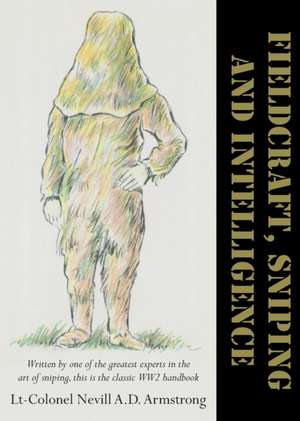FIELDCRAFT, SNIPING AND INTELLIGENCE
Autor Nevill Armstrongen Limba Engleză Paperback – 4 dec 2019
Preț: 145.24 lei
Nou
Puncte Express: 218
Preț estimativ în valută:
27.79€ • 28.84$ • 23.23£
27.79€ • 28.84$ • 23.23£
Carte tipărită la comandă
Livrare economică 17-31 martie
Preluare comenzi: 021 569.72.76
Specificații
ISBN-13: 9781783315178
ISBN-10: 1783315172
Pagini: 232
Dimensiuni: 127 x 178 x 13 mm
Greutate: 0.22 kg
Editura: NAVAL & MILITARY PRESS
ISBN-10: 1783315172
Pagini: 232
Dimensiuni: 127 x 178 x 13 mm
Greutate: 0.22 kg
Editura: NAVAL & MILITARY PRESS
